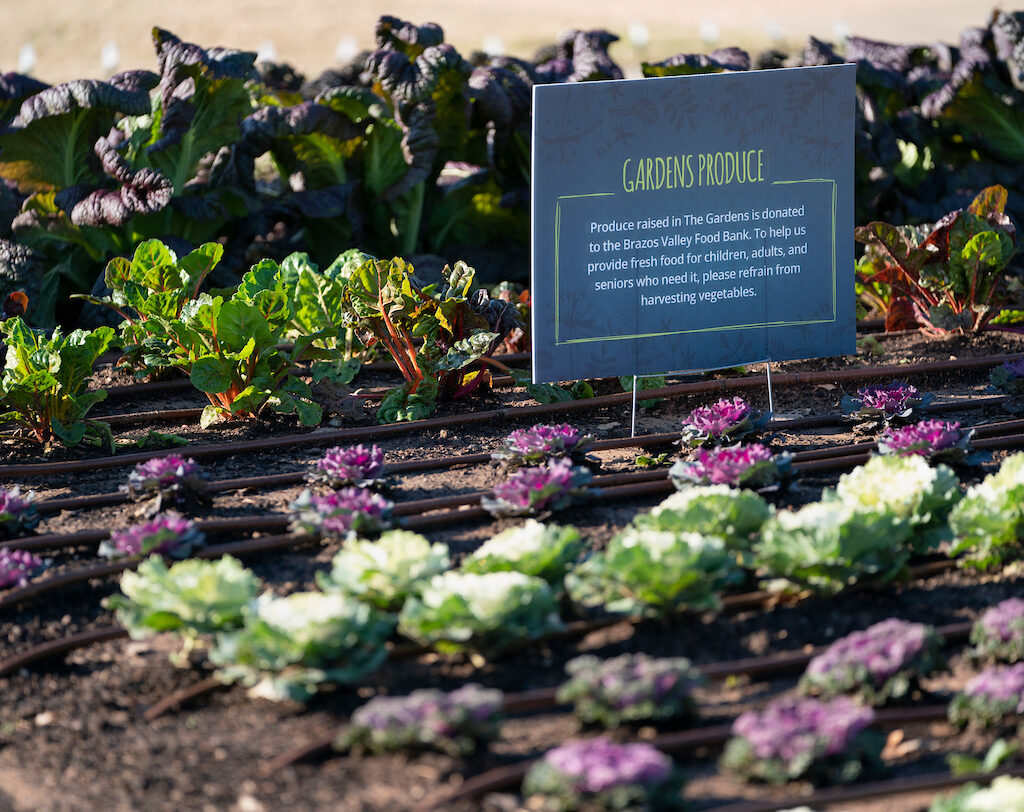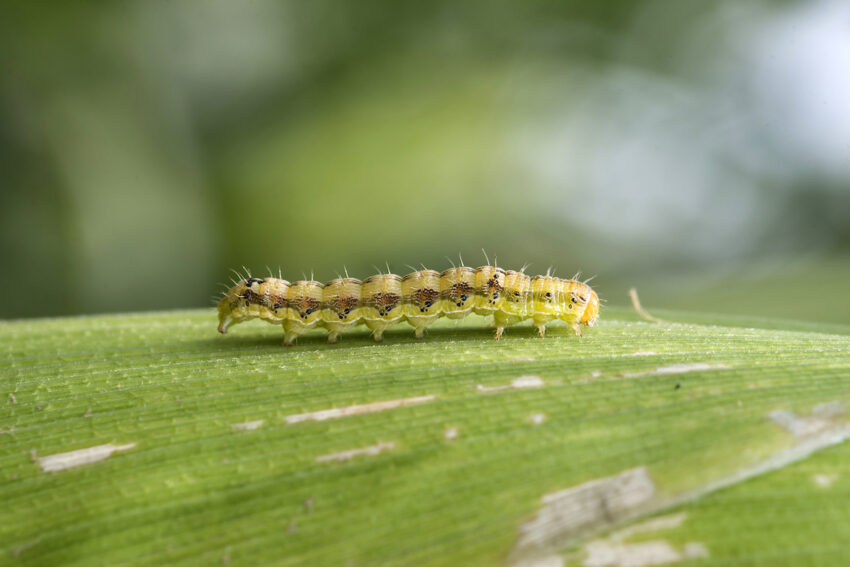Crops & Produce
From strategic agricultural production practices to safe handling of produce coming out of gardens and fields, Texas A&M AgriLife Extension Service provides in-depth information and a variety of experts to help food producers get fruits and vegetables and other crops to consumers safely.
Related Departments: Soil and Crop Sciences, Horticultural Sciences, Animal Science, Agricultural Economics

Cotton Insect Scouting School

Learn About
Crops & Produce
Publications
Programs
Courses
All Resources on Crops & Produce
- Publication
Created by teachers, this multifaceted garden, nutrition, and physical activities curriculum is evidence-based and academically rich.
- Publication
Spanish Version. Created by teachers, this multifaceted garden, nutrition, and physical activities curriculum is evidence-based and academically rich.
- Publication
This 4-week curriculum equips early childhood teachers with daily engaging lessons, group activities, and journal prompts to enrich your classroom while making learning fun!
- Publication
This textbook for the HORT-CO-003 Viticulture Concepts and Practices Course introduces students to the concepts and practices of viticulture as well as management practices used by grape producers.
- Publication
Introductory wheel and recipe booklet to learn the basics of growing, harvesting, cooking with, and preserving 10 common herbs.
